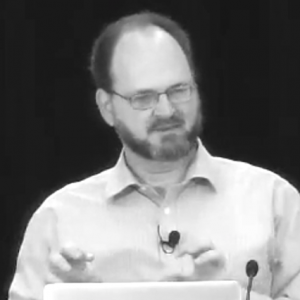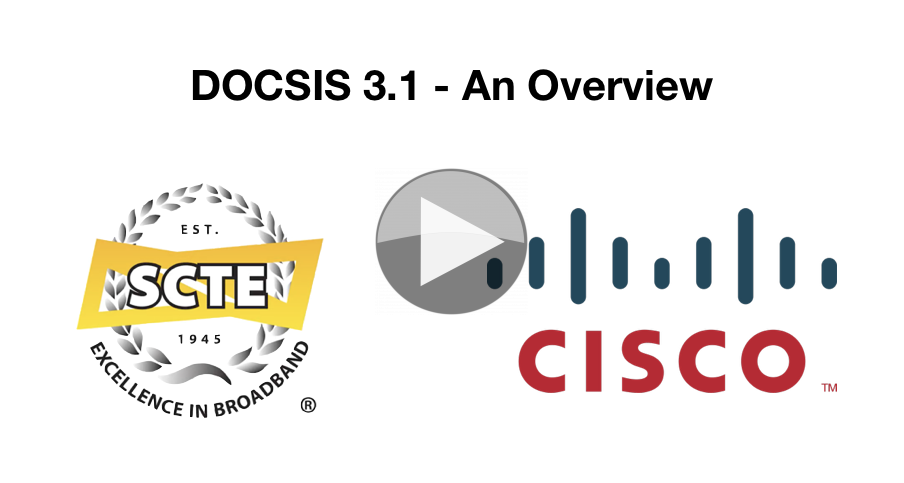P4 is a powerful programming language which runs on network switches themselves allowing realtime manipulation of the data traffic. In broadcast, this can be used to alter SMPTE 2110 video in real time as demonstrated by Thomas Edwards at the EBU Network Technology Seminar year and that can be seen in this short video. “This shows how even on an ethernet switch now, we can program it to make these switching decisions based on any header [including] the application layer of the broadcast data”
This video explains what P4 is and how it works taking us all the way from the core principles to ways of programming it and harnessing its power. Watching the beginning of the video is sufficient for most in order to get a feel for P4 and how it could be (and is) applied to broadcast.
The speakers, from Cisco and Barefoot Networks (who work with Thomas Edwards from Fox), cove these topics:
- What is the Data plane
- Software Defined Networking (SDN) & Openflow
- Benefits of programming your own dataplane
- Typical Applications of P4
- Novel Applications
- Basics of the P4 language
- P4 Software tools
Speakers
 |
Antonin Bas Software Engineer, Barefoot Networks |
 |
Andy Fingerhut Principal Engineer, Cisco Systems |











